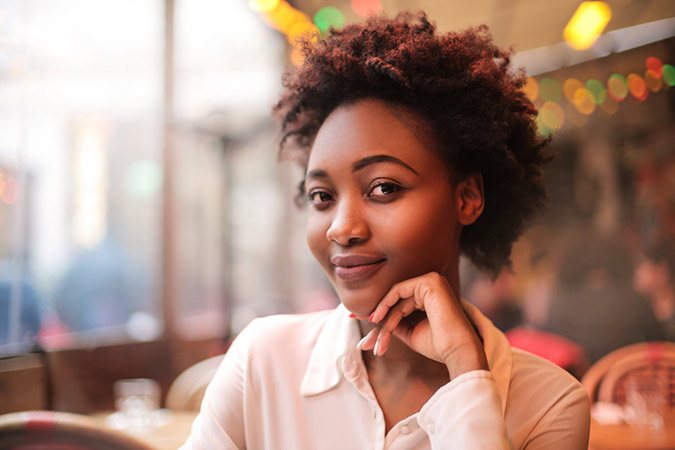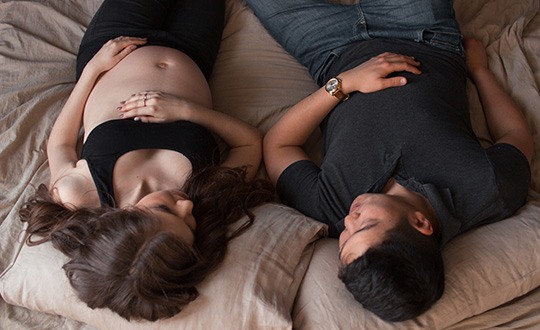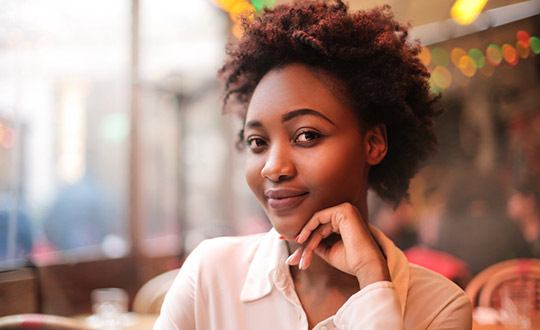When you’re new to photography, it’s helpful to explore different genres while you figure out the niche you enjoy the most. From nature and landscapes to portraits and weddings, there are tons of different fields to discover on your journey to establish your own visual signature.
Portrait photography is one genre where photographers often purchase a number of supplementary tools. So if you’d like to dabble in portraiture but don’t want to invest a ton of money into the gear that would help you explore the interest, we thought we’d share some moneysaving tips you can use to DIY some gear substitutes of your own.
ReflectorsGood quality reflectors usually cost about $50. But if you’re just looking to experiment with this gear, you can make your own using some household products you probably already have laying around. If you glue or tape a sheet of aluminum foil (we recommend you crinkle it up a little bit first) to a piece of cardboard (you can cut the cardboard to fit the size/ shape of the sort of reflectors you’re considering), you will have a makeshift reflector that can be used for both indoor and outdoor shoots.
In fact- these handmade alternatives are great for on-location portraiture. You don’t have to stress about weather damage, and you can get rid of them when you’re finished a shoot to lighten your gear transport.
 Fill Lights
Fill Lights
A basic kit of professional fill lights will run you anywhere from $80 - $200, depending on where you shop and what’s included in the set you choose. But in the meantime, as amateur as it sounds, you can experiment with flashlights to achieve a super similar effect. Maybe you’ve seen some photographers enlist the help of friends with iPhone flashlights for this purpose. It’s truly not a bad DIY option, but for the most part we think you’ll have better luck with the help of an assistant for this.
Since professional fill lights are much more powerful, if you’re subbing in a flashlight, it will need to be pretty close to your subject in order to achieve the same effect. This can be tricky if you’re manning the camera, so if possible, have a friend or fellow photography enthusiast hold your makeshift fill for you.







